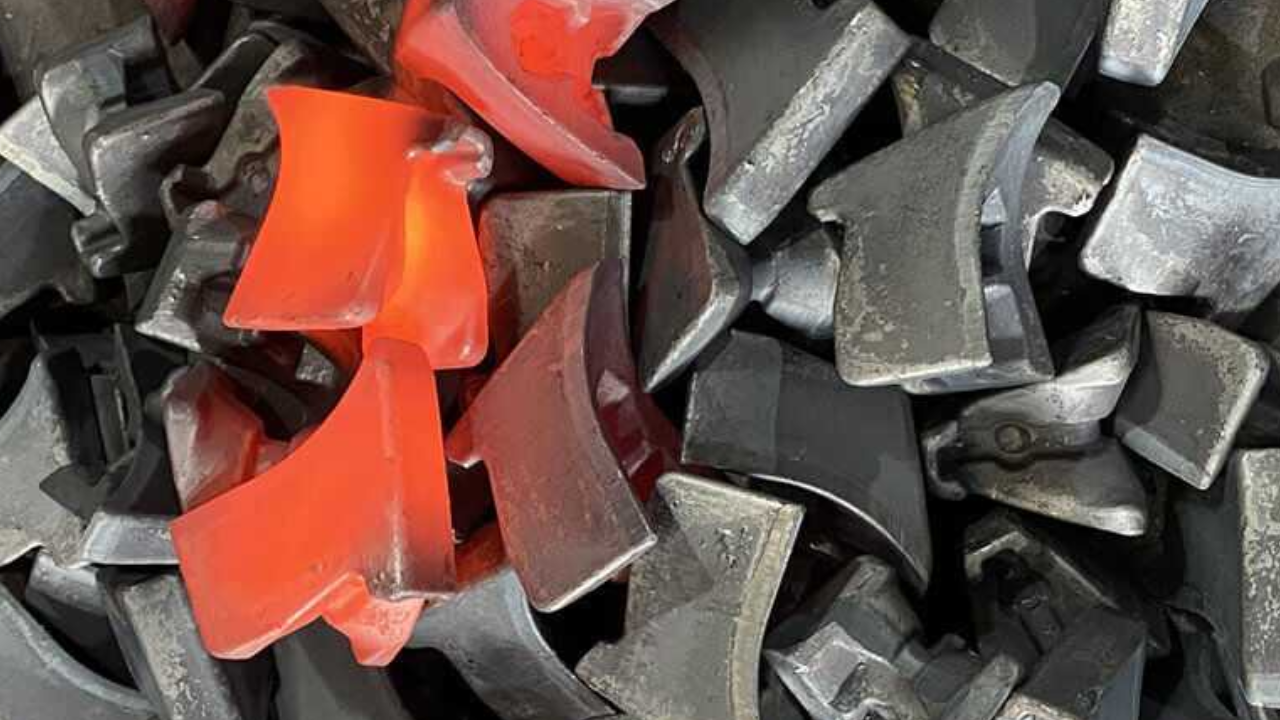The success of material extraction in mining operations depends on using appropriate tools. Mining operations utilize two essential components, which include drill bits for mining and cutting picks for specific tasks. The two tools share the purpose of breaking and removing rock or coal, yet their design and operational principles differ. Knowledge about the distinct features of mining bits and cutting picks leads to better operational efficiency and smooth performance in mining operations.
Function and Design
Mining Drill Bits
Mining drill bits serve the dual purpose of mineral extraction through rock hole creation and tunneling operations. Drilling machines use these tools to break rocks through rotation when mounted to their devices. The drill bits feature engineering that enables them to work effectively on hard rock and coal while maintaining precise drilling performance.
Cutting Picks
The function of cutting picks is to shear materials from surfaces through their cutting action. Continuous miners and road headers as well as various mining equipment need cutting picks to remove large rock formations and coal lines. Cutting picks perform material slicing through physical contact by rotating and striking the material.
Applications
Mining Drill Bits
Mining drill bits serve three primary applications in drilling operations, which include exploration activities, blast hole drilling, and geotechnical testing. The mining process in coal operations requires drill bits to make blasting holes and construct tunnels or shafts. The preparation of horizontal or vertical shafts depends on drill bits, which enable miners to reach resources located deep underground.
Cutting Picks
The cutting picks function in continuous mining operations through the extraction process of mining machines with their cutting heads. The specific design of these picks makes them perfect for surface digging work, especially in coal mining operations and tunneling applications.
Performance and Efficiency
Mining Drill Bits
Mining drill bits achieve their maximum efficiency through their effective penetration of hard materials. These tools possess both a durable sharp edge, which lasts long, and steady operational excellence during demanding tasks. Drill bits operate at a slower pace for breaking through extensive material quantities than cutting picks do.
Cutting Picks
During the process of breaking large material parts, cutting picks demonstrate both high efficiency and fast operation speed. These tools distribute wear evenly across their surface so they maintain their effectiveness from start to finish of the pick's operational life, which enables faster material removal.
Durability and Maintenance
Mining Drill Bits
Drill bits that perform hard rock or coal mining operations endure substantial wear and stress. Mining drill bits possess durability, but their lifespan ends when they reach maximum usage or require maintenance through re-sharpening. Drill bits need regular maintenance procedures to operate at their highest performance level.
Cutting Picks
The abrasive characteristics of cutting materials cause cutting picks to experience gradual deterioration. Drill bits have shorter lifespans than cutting picks during continuous cutting operations. Cutting picks made with tungsten carbide inserts deliver higher durability and better resistance to wear, thus increasing their operational lifetime with minimal maintenance requirements.
Conclusion
Mining operations require both drill bits and cutting picks, but they perform separate functions in the mining process. Drill bits excel at creating access holes through drilling operations, and cutting picks deliver quick material removal performance. The selection of appropriate mining tools depends on operational requirements, which include material type, desired operational speed, and efficiency targets.

